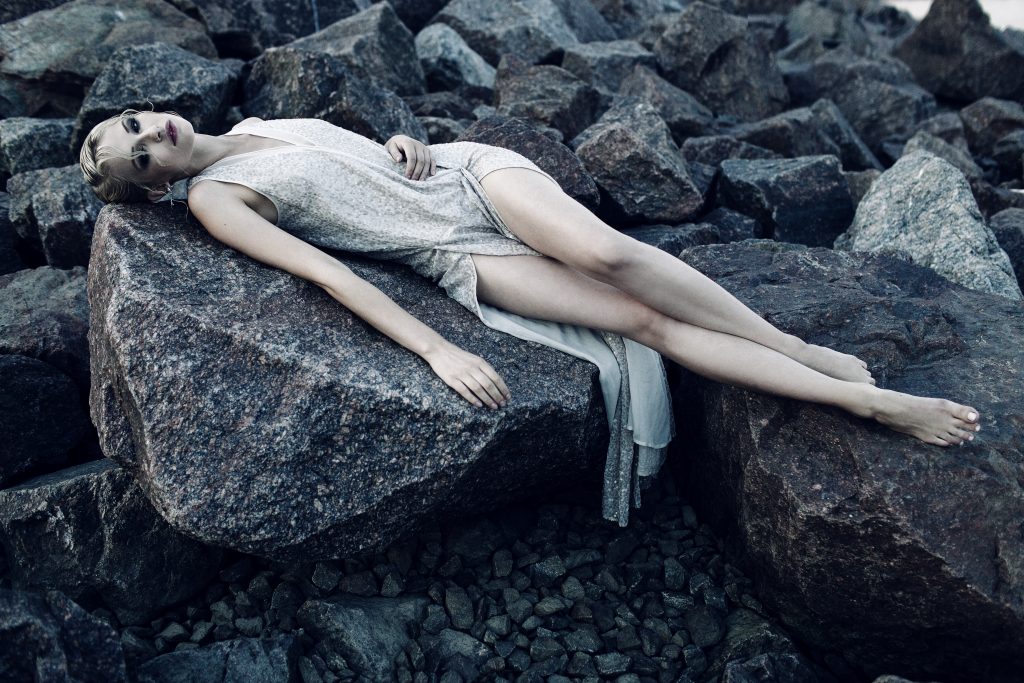
Most shunga are a type of ukiyo-e, usually executed in woodblock print format. While rare, there are extant erotic painted handscrolls which predate ukiyo-e. Translated literally, the Japanese word shunga means picture of spring; “spring” is a common euphemism for sex. Shunga itself of course is a Japanese term for erotic art. The ukiyo-e movement as a whole sought to express an idealization of contemporary urban life and appeal to the new chōnin class. Following the aesthetics of everyday life, Edo-period shunga varied widely in its depictions of sexuality. The Dream of the Fisherman’s Wife is the most famous image in Kinoe no Komatsu, published in three volumes from 1814. The image depicts a woman, evidently an ama (a shell diver), enveloped in the limbs of two octopuses. The larger of the two mollusks performs cunnilingus on her, while the smaller one, his offspring, assists by fondling the woman’s mouth and left nipple. In the text above the image the woman and the creatures express their mutual sexual pleasure from the encounter. The image is often cited as a forerunner of tentacle erotica, a motif that has been common in modern Japanese animation and manga since the late 20th century, popularized by author Toshio Maeda. Modern tentacle erotica similarly depicts sex between women and tentacled beasts; the sex in modern depictions is typically forced, as opposed to Hokusai’s mutually pleasurable interaction. Psychologist and critic Jerry S. Piven is skeptical that Hokusai’s playful image could account for the violent depictions in modern media, arguing that these are instead a product of the turmoil experienced throughout Japanese society following World War II, which was in turn reflective of existing, underlying currents of cultural trauma. Scholar Holger Briel argues that “only in a society that already has a predilection for monsters and is used to interacting with octopods such images might arise”, citing Hokusai’s print an early exemplar of such a tradition. The work has influenced later artists such as Félicien Rops, Auguste Rodin, Louis Aucoc, Fernand Khnopff and Pablo Picasso. Picasso painted his own version in 1903 that has been shown next to Hokusai’s original in exhibits on the influence of 19th-century Japanese art on Picasso’s work. In 2003, a derivative work by Australian painter David Laity, titled The Dream of the Fisherman’s Wife, sparked a minor obscenity controversy when it was shown at a gallery in Melbourne; after receiving complaints Melbourne police investigated and decided it did not break the city’s anti-pornography laws. Hokusai’s print has had a wide influence on the modern Japanese-American artist Masami Teraoka, who has created images of women, including a recurring “pearl diver” character, being pleasured by cephalopods as a symbol of female sexual power.
Story by Serafina Lach.

